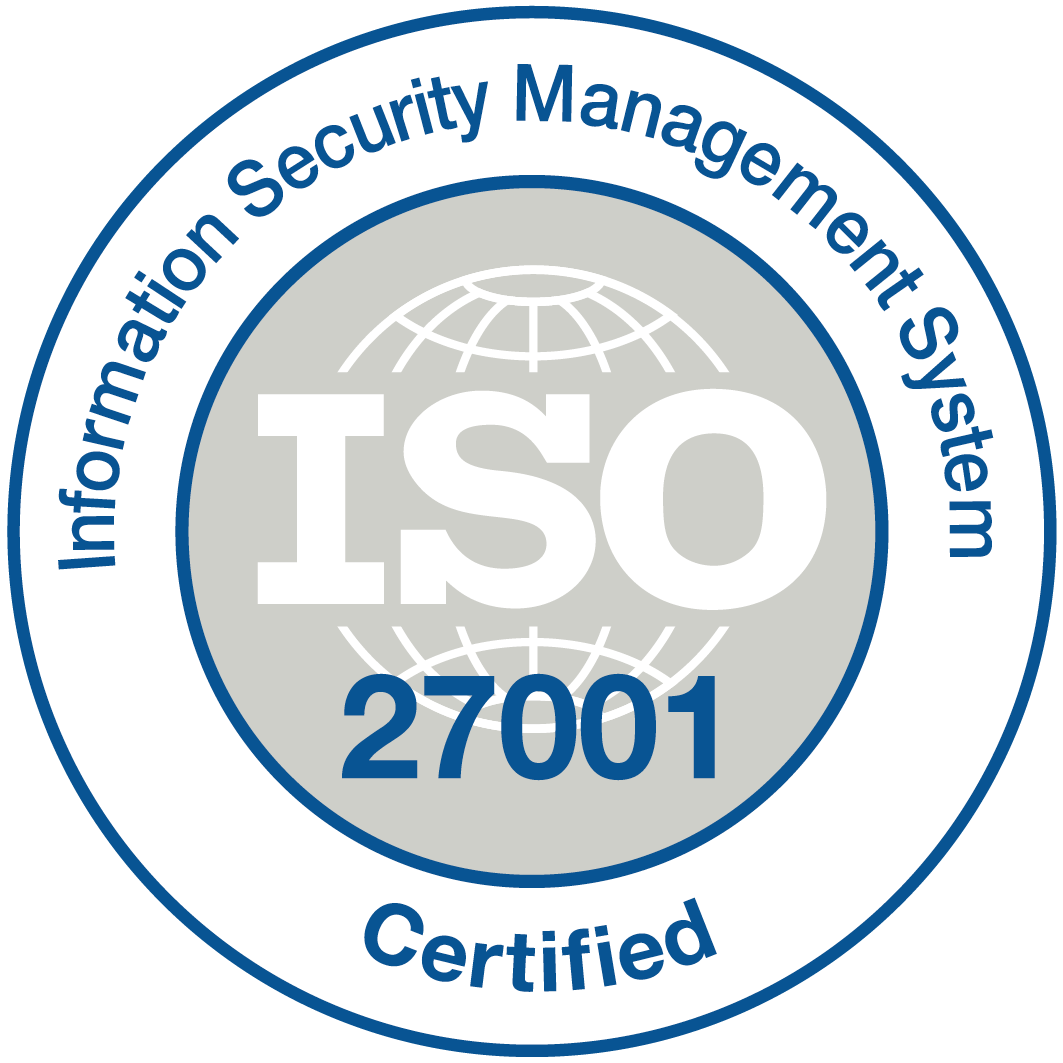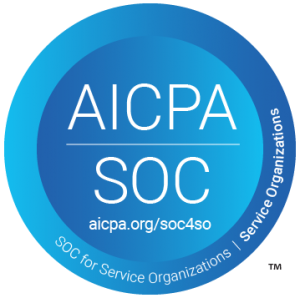
Workflow Automation and Workflow Management: Difference, Similarities and Importance
Reading Time: 5 minutesA workflow is a repeatable sequence of steps you undertake to carry out a process. Consider it a series of tasks that move from one stage to the next until it is completed. Workflow automation eliminates human intervention and improves the efficiency of a process; workflow management is an approach that businesses undertake to ensure

What is Workflow Automation And How It Can Revolutionize Operations?
Reading Time: 11 minutesSome believe workflows make business processes more complicated and error-prone. But the fact is, automation makes processes smarter, faster, and more reliable – empowering teams to perform at their best. But here’s the real question:If automation is so effective, why do many companies still hesitate to adopt it?Is it the fear of cost, complexity, or

AI and Automation: Challenges and Solutions
Reading Time: 10 minutesOne important trend of our day is the fact that AI and automation are incorporated into the workforce, altering both the nature of work and the skills, structures, and dynamics that uphold it. We are moving further into the technology revolution. Hence, understanding its full implications is becoming increasingly important. Besides the ethics issues they

How to Create An Agile Workflow?
Reading Time: 12 minutesDid you know that only 9% of Agile projects fail? This figure can’t be wrong as Agile workflow require continuous testing and stakeholder feedback management, making the Agile approach crucial for project professionals handling complex and uncertain workflows. Yet, project managers refrain from utilizing Agile workflows due to unfamiliarity and lack of understanding. To bridge this gap,

Why Choose Quixy as your Workflow Automation Tool?
Reading Time: 7 minutesWe all have been in a situation where we wanted tasks to be managed automatically, and it is all natural to be in such a circumstance. Whether our life or our business, we all look up to automation. And lately, with handling multiple tasks together, time, efficiency, etc., becoming major constraints for most businesses, workflow

Why Quixy Stands Out From its Competitors?
Reading Time: 7 minutesQuixy is the leading no-code solution for streamlining business processes. This means that even non-technical teams make a significant contribution to application development without having to involve IT in every single step; instead, they are given user freedom and advanced features. Let’s explore why Quixy stands out from its competitors and why it’s the preferred

Top 8 Game-Changin Benefits of No-Code Low-Code Platforms for BFSI Industry
Reading Time: 8 minutesFor decades, the BFSI industry has had two options for application creation: purchase pre-made apps from a third-party vendor or have professional developers and coders create and modify them from scratch. But as time goes on, low-code no-code (LCNC) development alternatives are becoming increasingly popular. The benefits of No-Code Low-Code Platforms for BFSI Industry are

AI Workflow Automation: A New Era of Streamlined Processes
Reading Time: 7 minutesArtificial intelligence (AI) workflows improve and expedite business processes, many of which are repetitive and manual. To increase productivity and efficiency, many businesses are replacing manual, human-dependent procedures with AI workflows. Automated workflows also give employees more time to work on more complicated and strategic tasks. Types of AI Workflow Automation Automated cognition To improve

Top 9 Benefits of Workflow Automation that you can not deny!
Reading Time: 9 minutesDo you know that businesses adopting automation save an average of $46,000 every year—and for organizations with more complex workflows, the savings can even reach into the millions? Every process in the industry follows a kind of workflow to get it done effectively. But that workflow was earlier followed by a manual process, which was

Navigating Automation Challenges in BFSI Industry
Reading Time: 6 minutesImagine a world where loan approvals happen instantly, personalized financial advice streams to your phone, and complex fraud detection operates silently in the background. This isn’t science fiction—it’s the promise of automation in the Banking, Financial Services, and Insurance (BFSI) industry. But while the potential benefits are vast, navigating the automation challenges in BFSI remains













